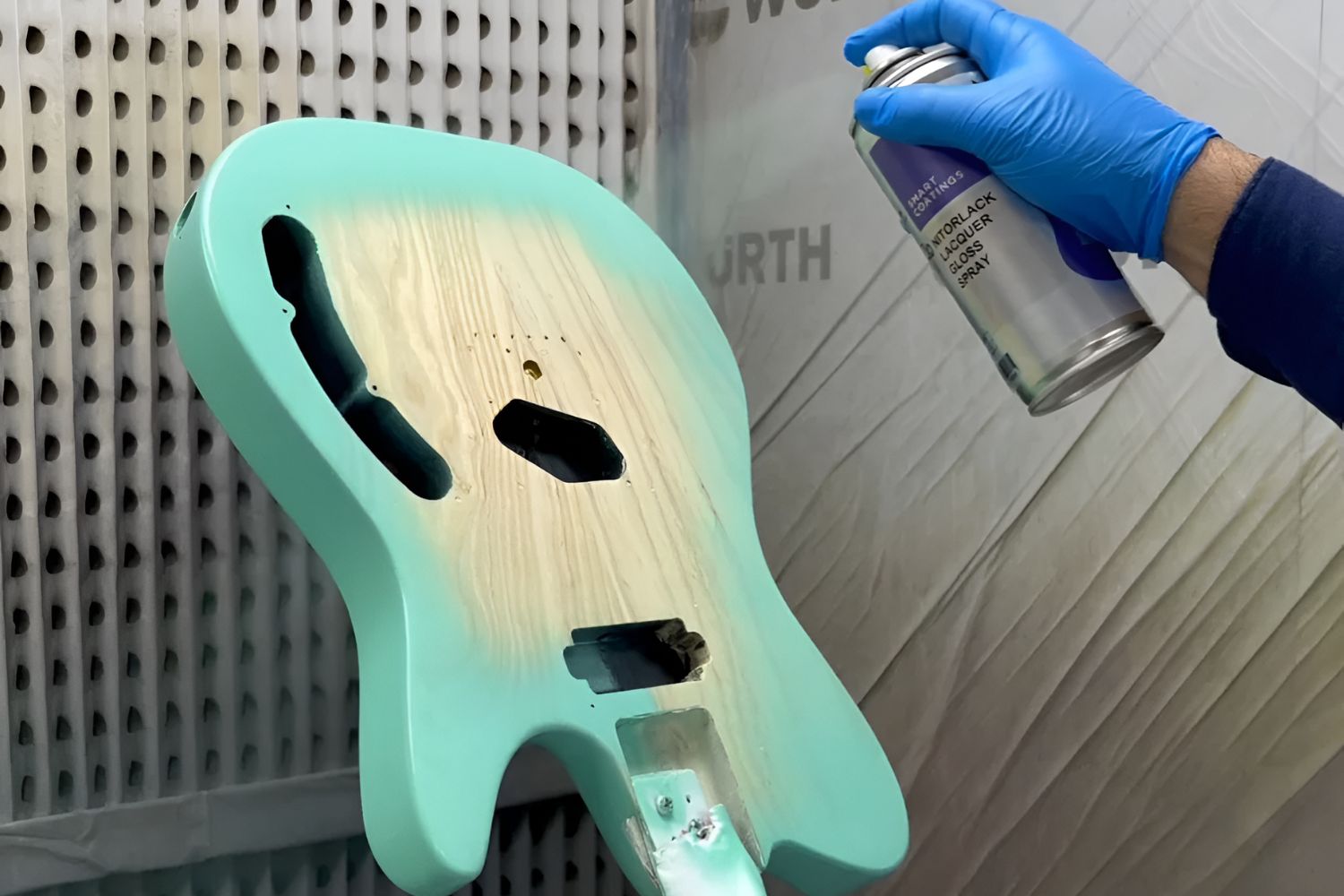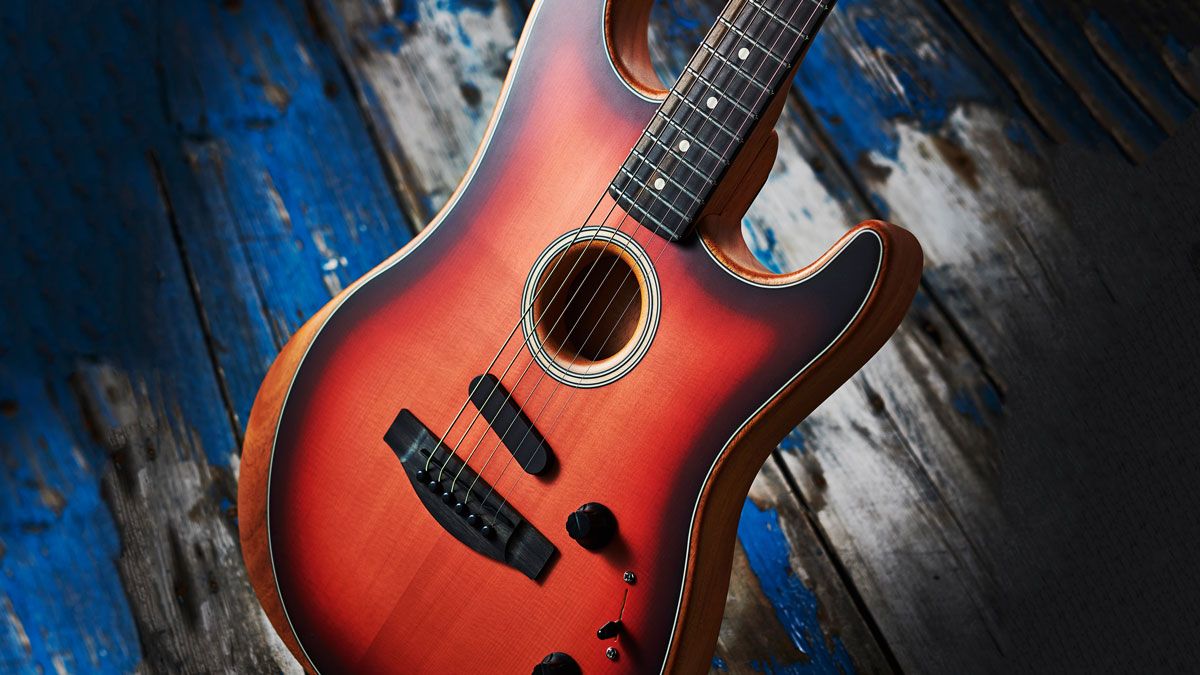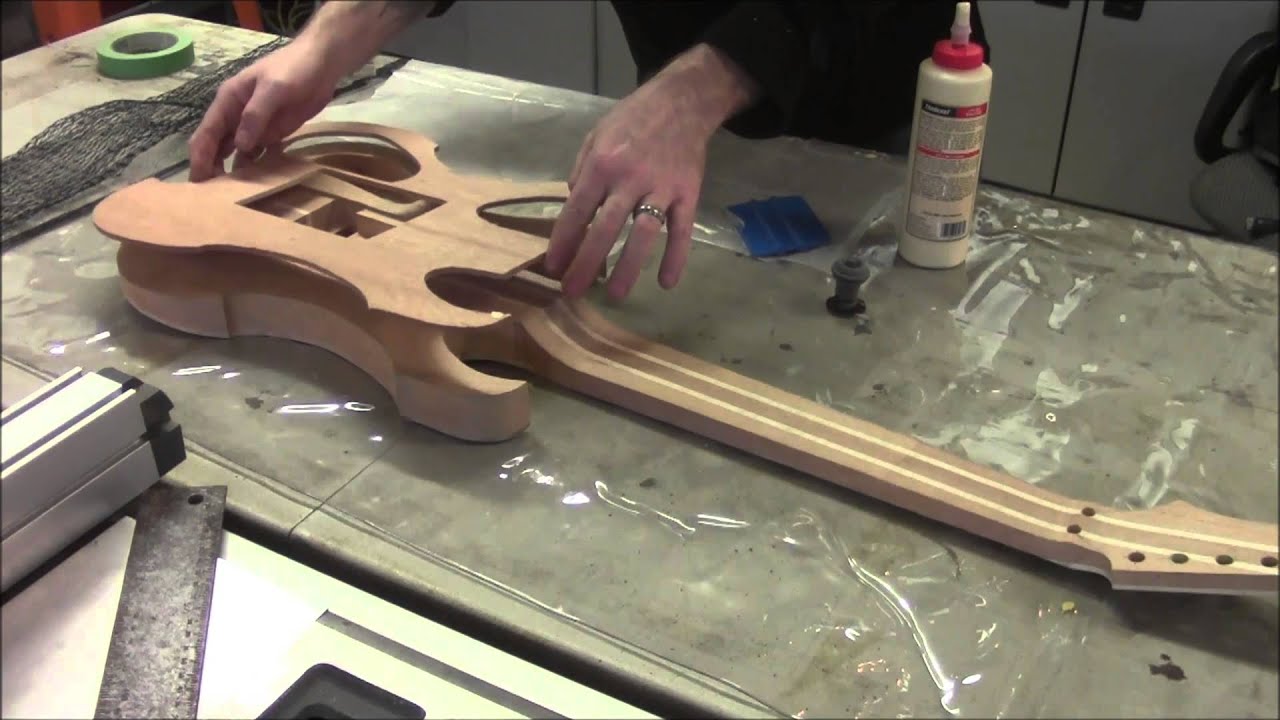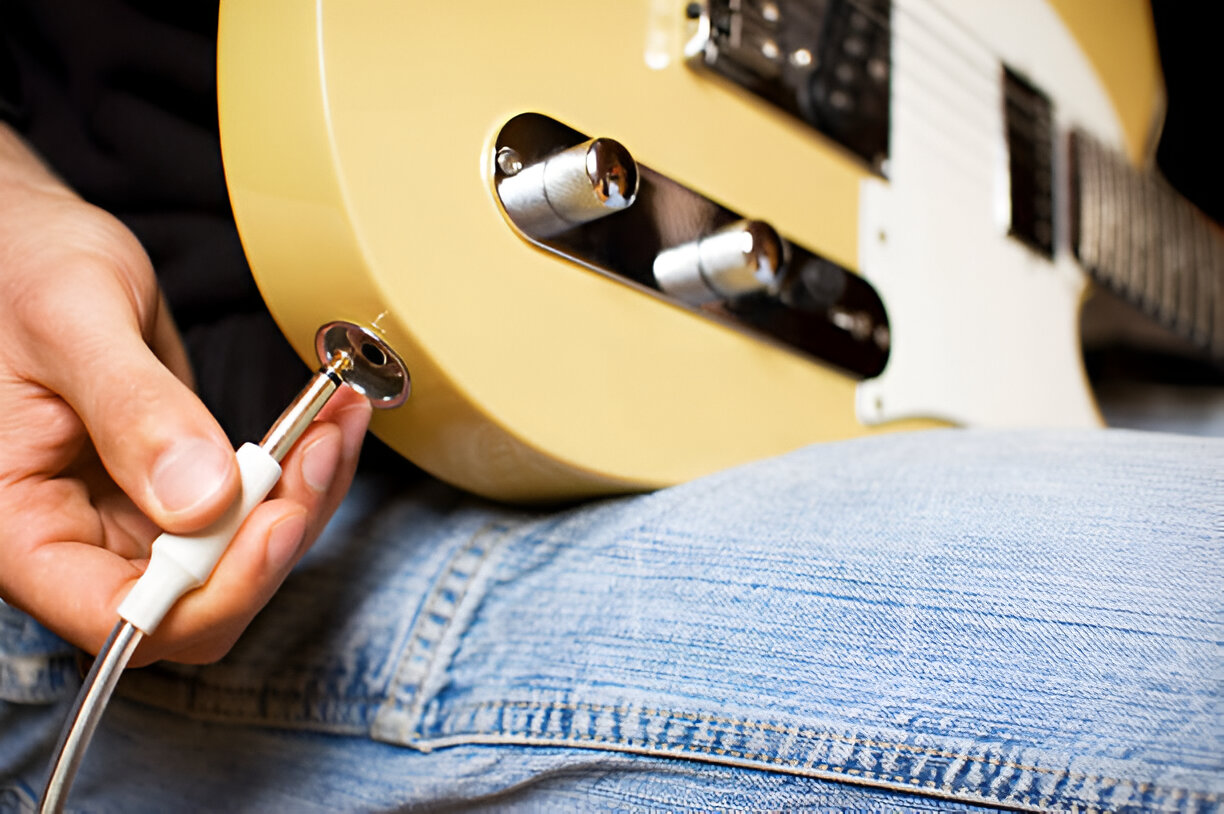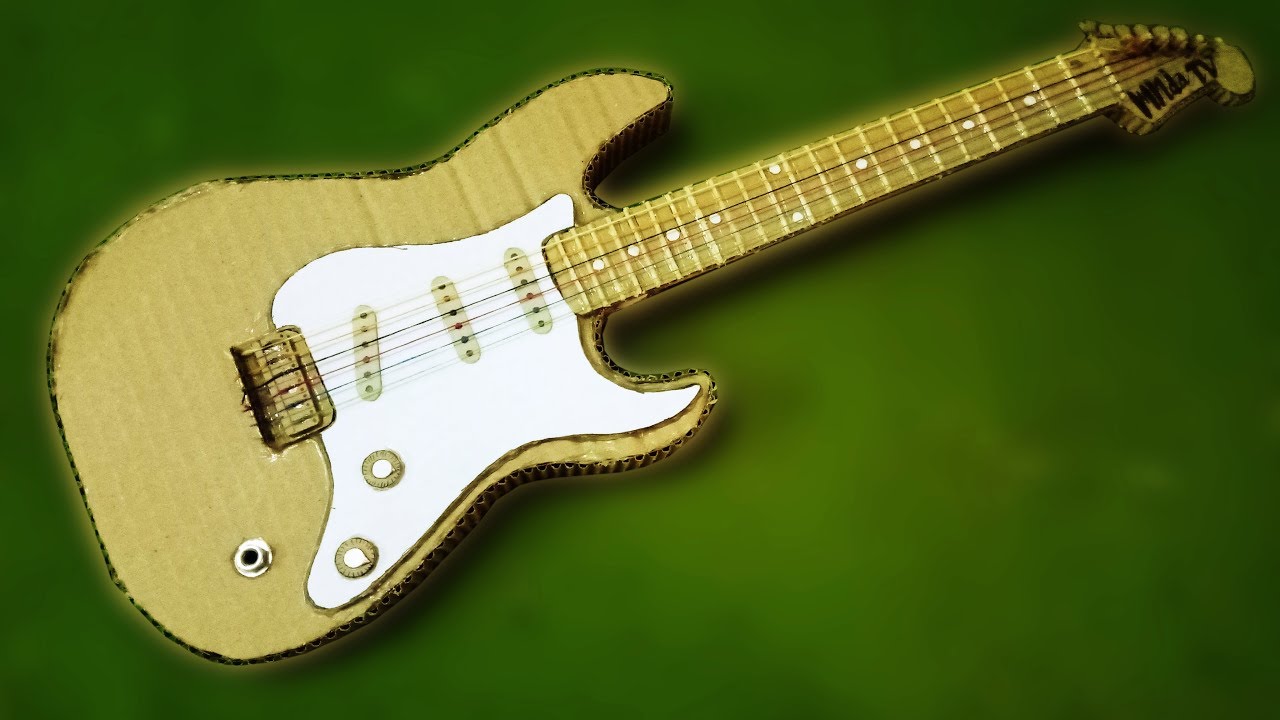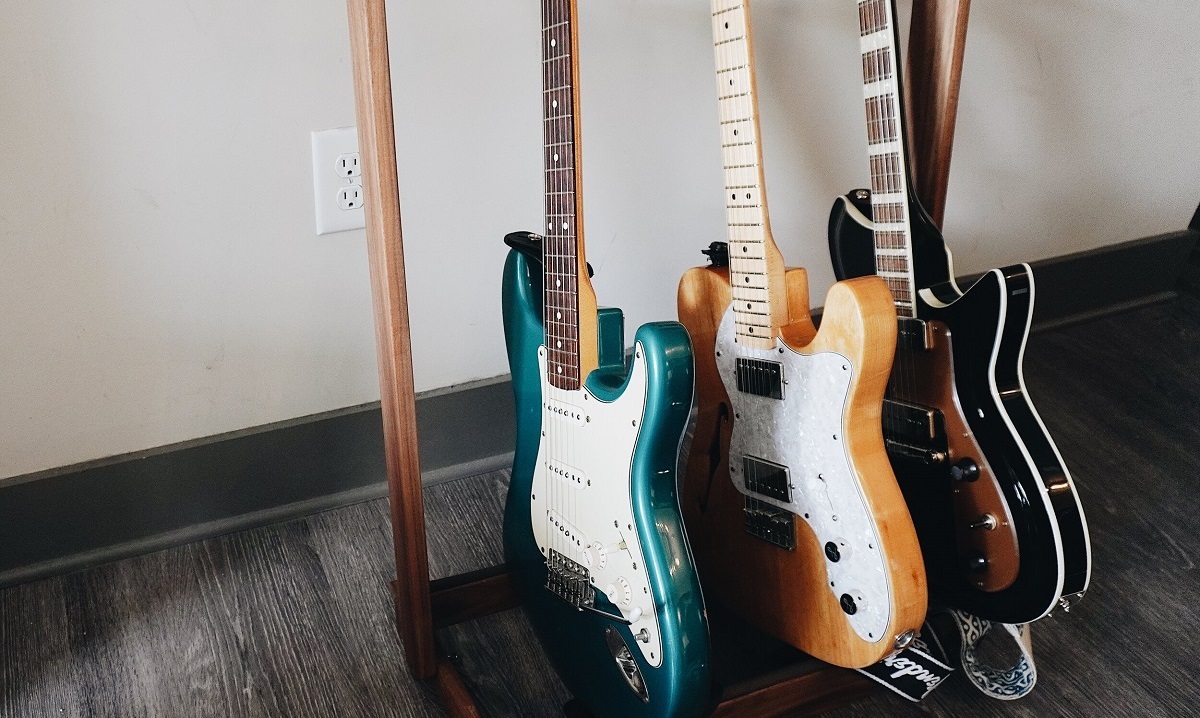Introduction
What To Look For In A Used Electric Guitar
So, you've decided to take the plunge and buy a used electric guitar. Whether you're a seasoned musician or a beginner looking to find the perfect instrument, purchasing a used electric guitar can be a great way to save money without sacrificing quality. However, it's crucial to know what to look for when evaluating a used electric guitar to ensure you're getting a good deal. From overall condition to specific components like fret wear and electronics, there are several key factors to consider. In this guide, we'll explore the essential aspects to keep in mind when shopping for a used electric guitar, helping you make an informed decision and find the right instrument for your needs.
When shopping for a used electric guitar, it's important to approach the process with a discerning eye. While there are plenty of fantastic deals to be found in the pre-owned market, there are also potential pitfalls to be aware of. By understanding the key elements that contribute to a guitar's overall quality and playability, you can confidently navigate the used guitar market and find a hidden gem that suits both your budget and your musical aspirations. Let's delve into the crucial factors to consider when evaluating a used electric guitar, arming you with the knowledge to make a well-informed purchase.
Overall Condition
When assessing a used electric guitar, the overall condition is a critical aspect to consider. Examine the instrument for any signs of wear and damage, such as dents, scratches, or cracks in the body, as these can significantly impact both the aesthetics and functionality of the guitar. Pay close attention to the finish, ensuring that it is intact and free from major blemishes that could indicate rough handling or neglect.
Inspect the hardware, including the tuning pegs, bridge, and pickups, to ensure they are in good working order. Additionally, check for any signs of rust or corrosion on metal components, as this can affect the guitar’s performance and longevity. A thorough assessment of the overall condition will give you valuable insights into how well the instrument has been maintained and whether it is worth investing in.
When evaluating the overall condition of a used electric guitar, it’s essential to consider the playability and comfort it offers. Test the action of the strings and the smoothness of the fretboard, as these factors directly impact the guitar’s ease of play. A well-maintained instrument should feel comfortable in your hands and produce clear, resonant tones across the fretboard. By carefully examining the overall condition of a used electric guitar, you can gauge its quality and determine whether it meets your expectations in terms of both aesthetics and playability.
Fret Wear
One of the most critical elements to inspect when evaluating a used electric guitar is the condition of its frets. Fret wear can significantly impact the playability and intonation of the instrument, so it’s essential to carefully assess the frets for any signs of wear and tear. Inspect the frets for indentations, grooves, or unevenness, particularly in the areas where the strings make contact. Excessive fret wear can cause buzzing, intonation issues, and difficulty in achieving proper string action, ultimately affecting the guitar’s overall performance.
When examining fret wear, pay close attention to the higher frets, as these areas often experience more wear due to bending and vibrato techniques. Additionally, check for any sharp edges or protruding fret ends, as these can cause discomfort and affect the playability of the instrument. While minor fret wear is expected on a used guitar, extensive wear may require costly repairs or a complete fret replacement, impacting the overall value of the instrument.
It’s also important to assess the fretboard for any signs of warping or unevenness, as these issues can compound the effects of fret wear and affect the guitar’s playability. A well-maintained fretboard should be smooth and free from major imperfections, allowing for comfortable and precise fretting across the entire neck. By thoroughly evaluating the fret wear and fretboard condition of a used electric guitar, you can make an informed decision about its playability and the potential costs of any necessary repairs.
Electronics
When purchasing a used electric guitar, a crucial aspect to scrutinize is the condition of its electronics. Begin by testing all the controls, including the volume and tone knobs, pickup selector switch, and any additional switches or knobs specific to the guitar model. Ensure that these components operate smoothly and consistently, without crackling, static, or intermittent behavior. Faulty electronics can detract from the guitar’s overall performance and may require costly repairs or replacements.
Inspect the pickups for any signs of damage or excessive wear, as these components play a pivotal role in shaping the guitar’s tone. Look for loose wiring, soldering issues, or visible damage to the pickup casings, as these can affect the instrument’s sound quality and output. Additionally, test the guitar’s output jack by plugging in a cable and checking for any crackling, cutting out, or loose connections, as these issues can disrupt the signal and lead to unreliable performance.
For guitars equipped with active electronics, such as onboard preamps or EQ circuits, ensure that the battery compartment and wiring are in good condition. Test the functionality of the active electronics, making adjustments to the tone controls and verifying that the circuitry operates as intended. Active electronics require consistent power to function optimally, so it’s essential to confirm that these components are in proper working order when evaluating a used electric guitar.
Finally, if the guitar features any additional electronic components, such as built-in effects or MIDI connectivity, thoroughly test these features to ensure they function as advertised. Carefully assessing the electronics of a used electric guitar will provide valuable insights into its overall condition and help you avoid potential issues that could require costly repairs or upgrades.
Neck and Body
When evaluating a used electric guitar, the condition of the neck and body is of utmost importance. Begin by inspecting the neck for any signs of warping, bowing, or twisting, as these issues can lead to playability problems and intonation issues. Run your hand along the entire length of the neck, feeling for any irregularities or rough spots that could affect the guitar’s comfort and ease of play. A well-maintained neck should be smooth and free from major imperfections, allowing for effortless fretting and smooth transitions across the fretboard.
Check the neck joint for any gaps or misalignments where it meets the body, as a secure and precise neck-to-body connection is essential for optimal tone transfer and stability. Additionally, inspect the body of the guitar for any structural damage, including cracks, dents, or separations in the wood or finish. Pay close attention to the areas around the bridge and pickups, as these are common stress points that may exhibit signs of wear or damage.
Assess the fretboard for any signs of wear, such as divots or uneven frets, as these issues can affect the guitar’s playability and intonation. Run your fingers along the edges of the fretboard, checking for any sharp or protruding fret ends that could cause discomfort or hinder your playing experience. A well-maintained fretboard contributes to the overall comfort and playability of the instrument, allowing for smooth and precise fretting across the entire neck.
By thoroughly examining the neck and body of a used electric guitar, you can gain valuable insights into its overall condition and playability. A well-cared-for instrument with a solid neck-to-body connection and a structurally sound body is more likely to offer reliable performance and longevity, making it a worthwhile investment for any discerning musician.
Brand and Model
When considering a used electric guitar, the brand and model play a significant role in determining its overall quality, value, and performance. Established guitar manufacturers with a reputation for crafting high-quality instruments often retain their value well in the pre-owned market. Research the brand’s history and customer reviews to gain insights into the overall quality and craftsmanship associated with the manufacturer.
Furthermore, certain guitar models are renowned for their specific tonal characteristics, playability, and versatility. Investigate the particular model of the used electric guitar you are considering, taking note of its original specifications, design features, and any notable accolades or endorsements it may have received. Understanding the unique attributes and reputation of a specific guitar model can help you assess its suitability for your musical preferences and playing style.
It’s also beneficial to consider the availability of replacement parts and aftermarket upgrades for a given brand and model. Well-established brands often have a robust ecosystem of replacement parts, aftermarket pickups, and hardware upgrades, making it easier to maintain and customize the instrument to your preferences. Conversely, lesser-known brands or obscure models may present challenges in sourcing specific components or may have limited aftermarket support.
Finally, the brand and model of a used electric guitar can influence its resale value and desirability in the secondary market. Popular and sought-after models from reputable brands tend to hold their value well and may even appreciate over time, making them solid investment choices. Conversely, lesser-known or obscure models may have more variable resale value, depending on factors such as rarity, historical significance, and overall market demand.
By carefully considering the brand and model of a used electric guitar, you can make an informed decision based on its reputation, performance attributes, and long-term value, ensuring that your investment aligns with your musical aspirations and preferences.
Price and Value
When shopping for a used electric guitar, striking a balance between the price and the instrument’s inherent value is crucial. Consider the prevailing market prices for similar models from the same brand and era, taking into account factors such as the guitar’s overall condition, any included accessories, and the reputation of the seller. While a lower price may seem appealing, it’s essential to assess whether the asking price aligns with the guitar’s condition, playability, and long-term potential.
Research the historical pricing trends for the specific brand and model of the used electric guitar, noting any fluctuations in market value over time. Understanding the typical price range for similar instruments can provide valuable context when evaluating the fairness of the asking price. Additionally, consider any unique or rare features of the guitar that may contribute to its value, such as limited edition finishes, custom modifications, or historical significance.
Assess the overall value proposition of the used electric guitar, taking into account its playability, tonal characteristics, and potential for customization or upgrades. A well-maintained instrument with solid construction, reputable electronics, and a versatile tonal palette offers greater long-term value and may justify a higher price point. Conversely, guitars with significant wear, structural issues, or outdated components may require additional investment to restore them to optimal playing condition, impacting their overall value.
When negotiating the price of a used electric guitar, consider factors such as the inclusion of any accessories, the seller’s willingness to provide a warranty or return policy, and the overall transparency and honesty of the transaction. While securing a favorable price is important, it’s equally essential to ensure that the instrument’s value aligns with your expectations and requirements, allowing you to make a confident and informed purchase decision.
Conclusion
When navigating the used electric guitar market, a discerning approach and a keen eye for detail are essential. By carefully evaluating the overall condition, fret wear, electronics, neck and body, brand and model, as well as the price and value of a pre-owned instrument, you can make an informed decision and secure a guitar that aligns with your musical aspirations and budget.
Remember to thoroughly inspect the guitar for any signs of wear, damage, or structural issues, paying close attention to the frets, electronics, and the integrity of the neck and body. Understanding the reputation and craftsmanship associated with the brand and model of the guitar, as well as its historical pricing trends, can provide valuable insights into its long-term value and desirability in the secondary market.
Ultimately, finding the right used electric guitar involves striking a balance between affordability and quality, ensuring that the instrument meets your expectations in terms of playability, tonal characteristics, and potential for customization. Whether you’re a seasoned musician seeking a vintage gem or a beginner exploring budget-friendly options, a thorough assessment of the critical factors outlined in this guide will empower you to make a well-informed purchase and embark on a musical journey with a reliable and inspiring instrument.









